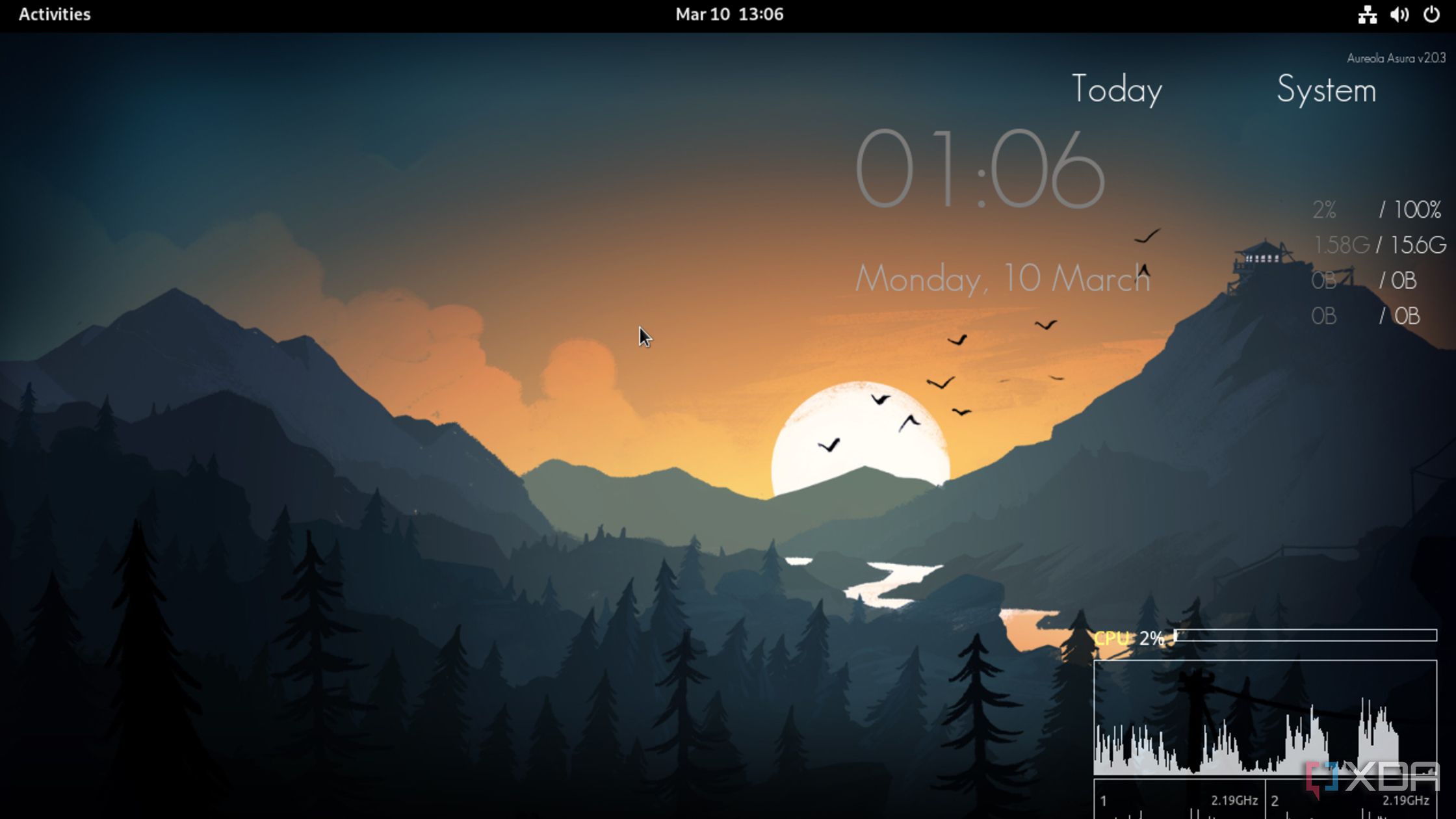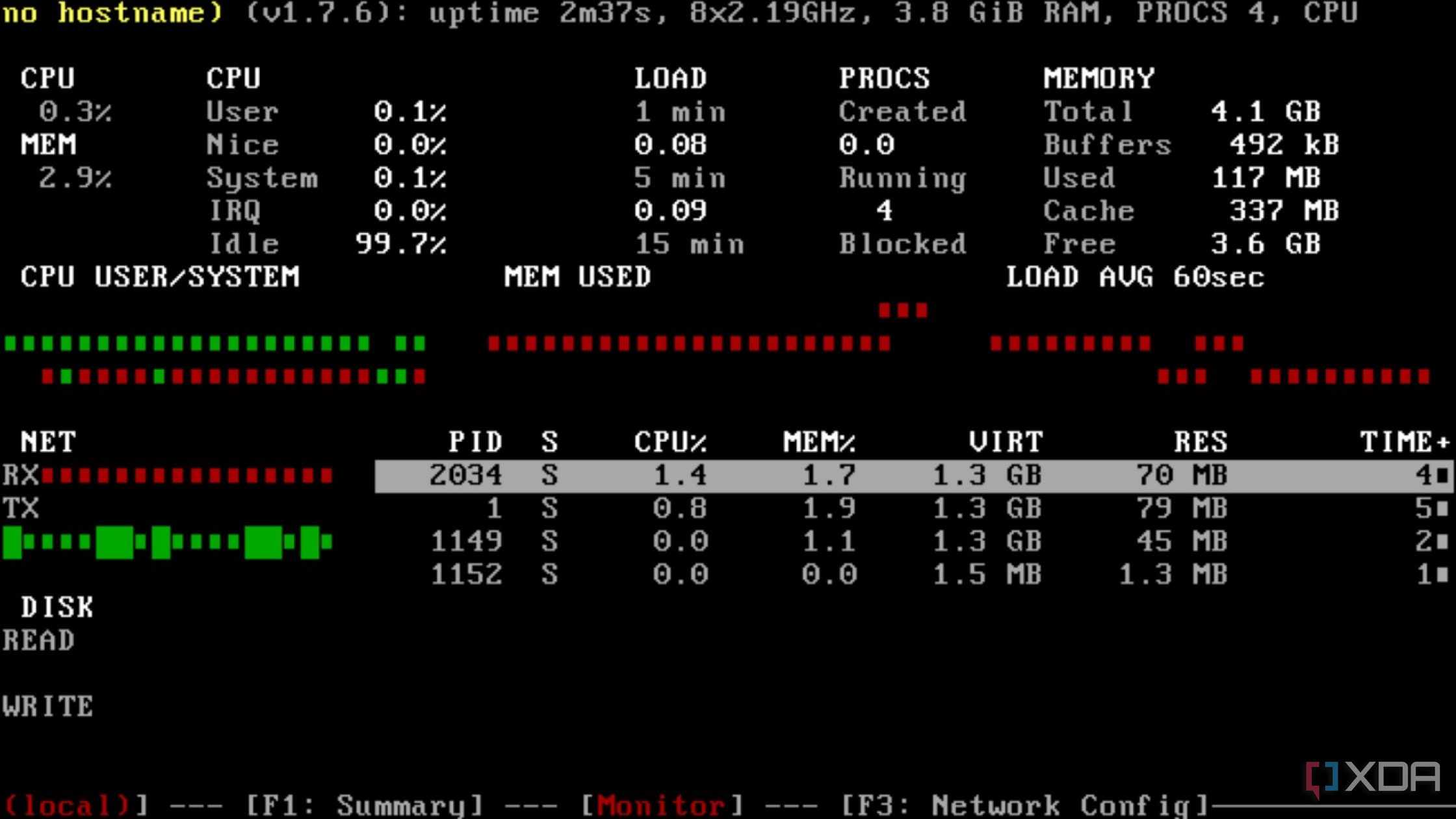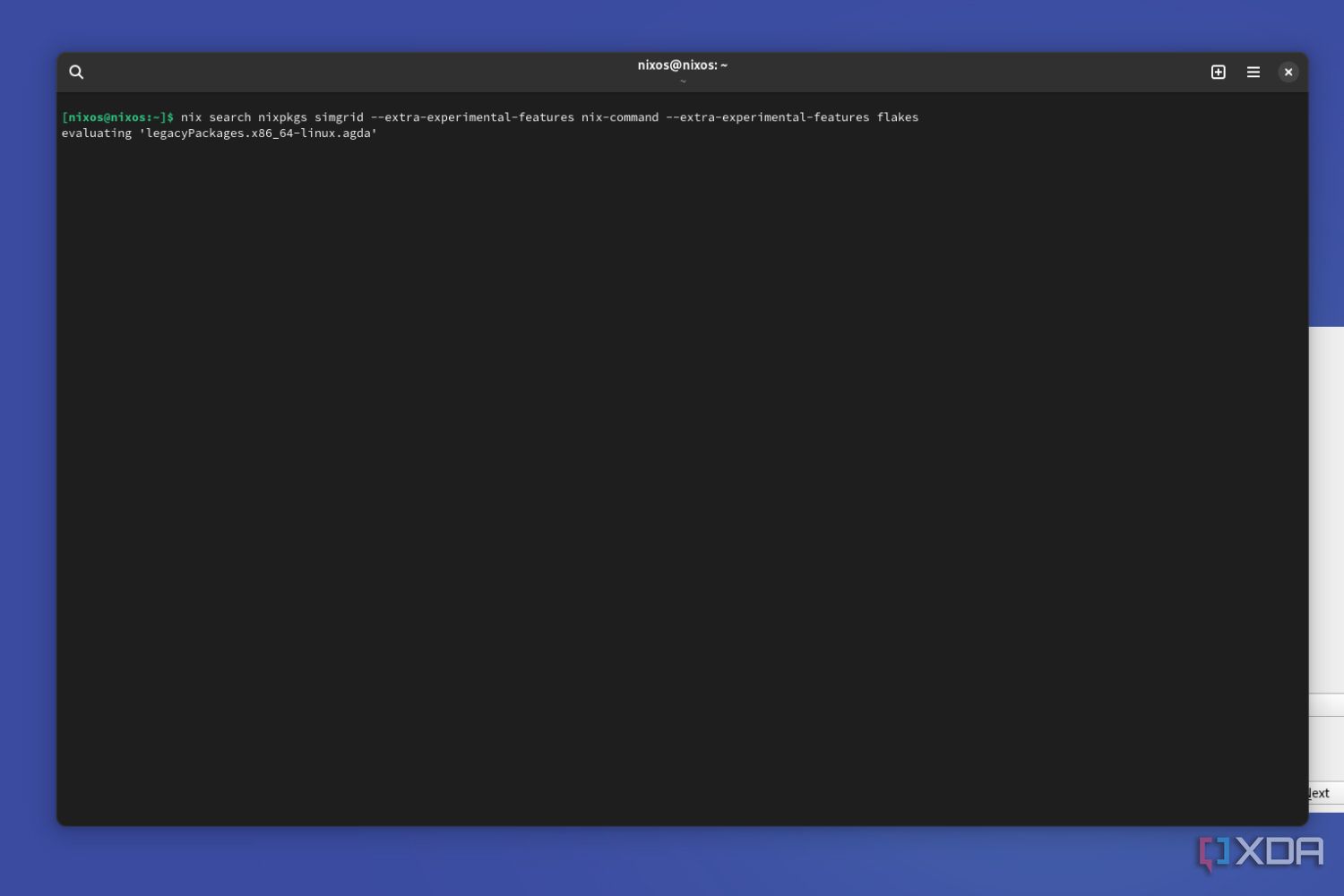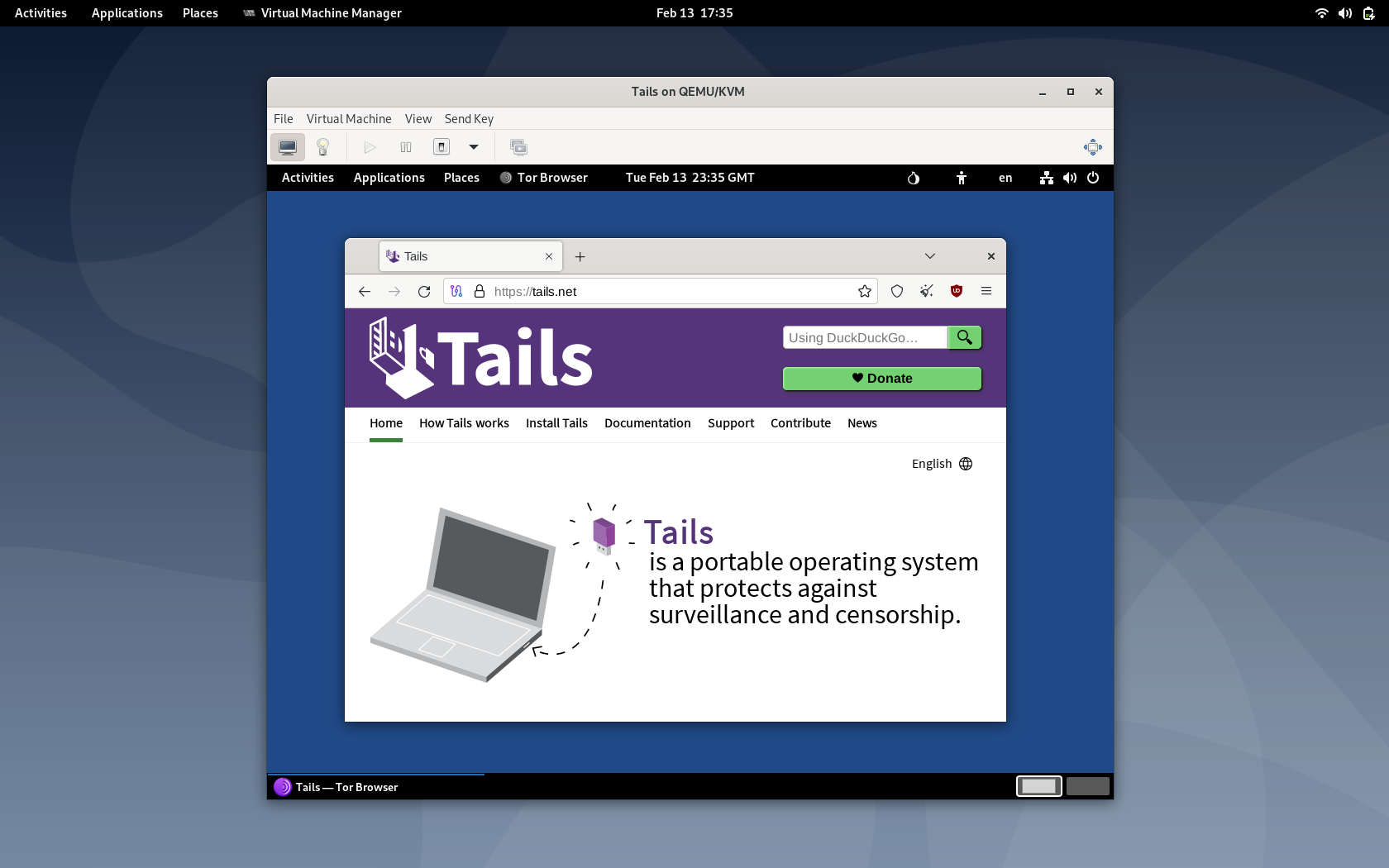Years ago, Linux would strike fear into the hearts of newcomers to the computing space. From driver issues to the imposing CLI-driven nature of Linux distributions, there were plenty of genuine reasons for casual users to flock to the Windows and macOS ecosystems. However, things are a lot different in this day and age, with Debian, Linux Mint, and Fedora (among others) providing a robust experience for complete beginners.
That said, for every simple and straightforward distro, there’s a complex OS that can only be used by maestros with the patience of a saint and the skills of a tech god. Having tinkered with several distributions throughout my Linux journey, here are some cool distros every computing expert needs to try out.

Related
Conky is the Rainmeter alternative for Linux I didn’t know I needed
Conky is the perfect tool for Linux enthusiasts who want to adorn their desktop with cool widgets
Paradise for a cyber-security enthusiast
You’d typically find Kali Linux the most recommended distro for newcomers who wish to get into ethical hacking – and I’ll admit that there are certain perks to using it as your first Linux distribution. The installation procedure is a breeze and you don’t have to poke around shady websites to grab industry-grade penetration-testing tools for your cyber-security workstation.
But personally, I recommend putting Kali Linux and its battalion of tools on the back burner until you’re more familiar with the quirks of Linux and have gone through the basics of cyber-security. It’s a lot easier to mess things up when you’re a complete beginner, and you’d absolutely want to avoid any mishaps while working on pen-testing projects – one false move, and your honeypot could end up infecting your entire system. But if you’re a Linux expert, you’ll have a blast tinkering with Kali Linux’s application stack.
For K8s lovers
From its auto-scaling provisions to support for multiple container runtimes, there are plenty of reasons to use Kubernetes as your container orchestration platform, even if you’re only interested in managing a modest home lab. But when you’re working with a production Kubernetes, you’d want the underlying operating system to consume as few resources as possible whilst offering top-notch security features to keep hackers at bay.
As an operating system designed specifically for K8s, Talos Linux is as great a bare-metal distro for home labs as it is for virtual machines provisioned for the sole purpose of running Kubernetes. This CLI-based distro contains minimal services and packages, so you don’t have to worry about the performance overhead of Talos Linux. Likewise, its kernel is extremely hardened – to the point where you have to rely on Mutual TLS instead of vulnerable protocols like SSH to access your Kubernetes system.
Go for EndeavourOS if you want an easier experience
Despite packing many advanced features, Arch Linux is undoubtedly one of the more complex distros to operate, and you’ll need to be familiar with the OS if you want to use it as a daily driver. Compared to Debian and Fedora, the installation process for Arch Linux alone requires you to navigate through convoluted menus and a barrage of settings.
Even after you’ve set up the OS, you’ll have to deal with the downsides of a bleeding-edge distro like Arch. Unlike Ubuntu and other (comparatively) stable distributions, Arch Linux is updated multiple times a day, which trades stability for new and up-to-date software packages. Me? I typically rely on Arch for many coding projects, but it’s a bit tiresome when my favorite package runs into compatibility issues because of a faulty update.
It’s all based on virtualization
When you hear the word virtualization, you’d probably think of a home server platform like Proxmox, XCP-ng, or Harvester. However, Qubes OS uses this neat technology in a different way. Rather than excelling in self-hosted projects, Qubes OS is designed to compartmentalize your apps inside isolated environments of varying access privileges to enhance the security of your system.
Similar to virtual machines, these compartments, or qubes, are armed with their own templates, which are based on different operating systems. You also get to modify everything from the packages and binaries to the network interfaces and I/O devices for your qubes, making it amazing for security-conscious users. Unfortunately, the virtualization-heavy nature of Qubes OS makes it a bit hard to get accustomed to the distro. You’ll also have to contend with the performance issues of running multiple OS templates inside the same OS. That’s before you include the sheer pain of passing GPUs to the qubes.
It ain’t for the faint of heart
As someone who has had a love-hate-love relationship with NixOS for well over three years, I have to put it at the top spot on this list. Although NixOS offers a straightforward installation procedure and a generous set of desktop environments, everything else about the OS is even more convoluted than Arch Linux. For starters, Nix features a central config file to describe the state of the OS, and you can use it to manage your entire application stack. The problem? Nix has its own language, and you’ll need to familiarize yourself with its syntax before turning the OS into your coding workstation.
Then there’s the atomic upgrades facility, which lets you roll back unstable updates. Not to mention, you don’t have to worry about running into dependency hell because NixOS lets you install multiple versions of the same package. Throw in the colossal number of packages in the Nixpkgs repository, and it’s the perfect companion for advanced users. That said, troubleshooting faulty packages in NixOS is a complete nightmare. Combine that with its steep learning curve, and you’ll have to spend a bit of time with the OS to become an expert at dealing with its quirks.
There’s no shortage of complex Linux distros
Source: Tails.net
Those were some cool distributions for Linux experts. But there’s plenty more where those came from! If you value your privacy above all else, you might want to switch to Tails. Based on the Tor network, Tails is perfect for folks who wish to maintain their anonymity, though you’ll have to deal with a distro that wipes everything (barring a few files that you can save via persistent storage) the moment you turn off your system. Suicide Linux is another wacky distro that wipes your drive the moment you enter an incorrect command, making it more of an April Fool’s joke than a functional OS you’d want to use on your daily driver.

Related
4 ways Windows permissions are different from Linux
Yup, Windows and Linux also differ when it comes to user permissions














